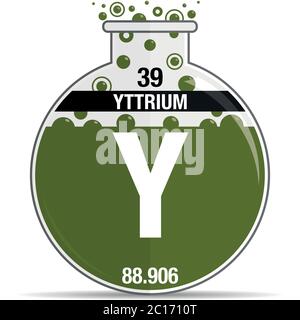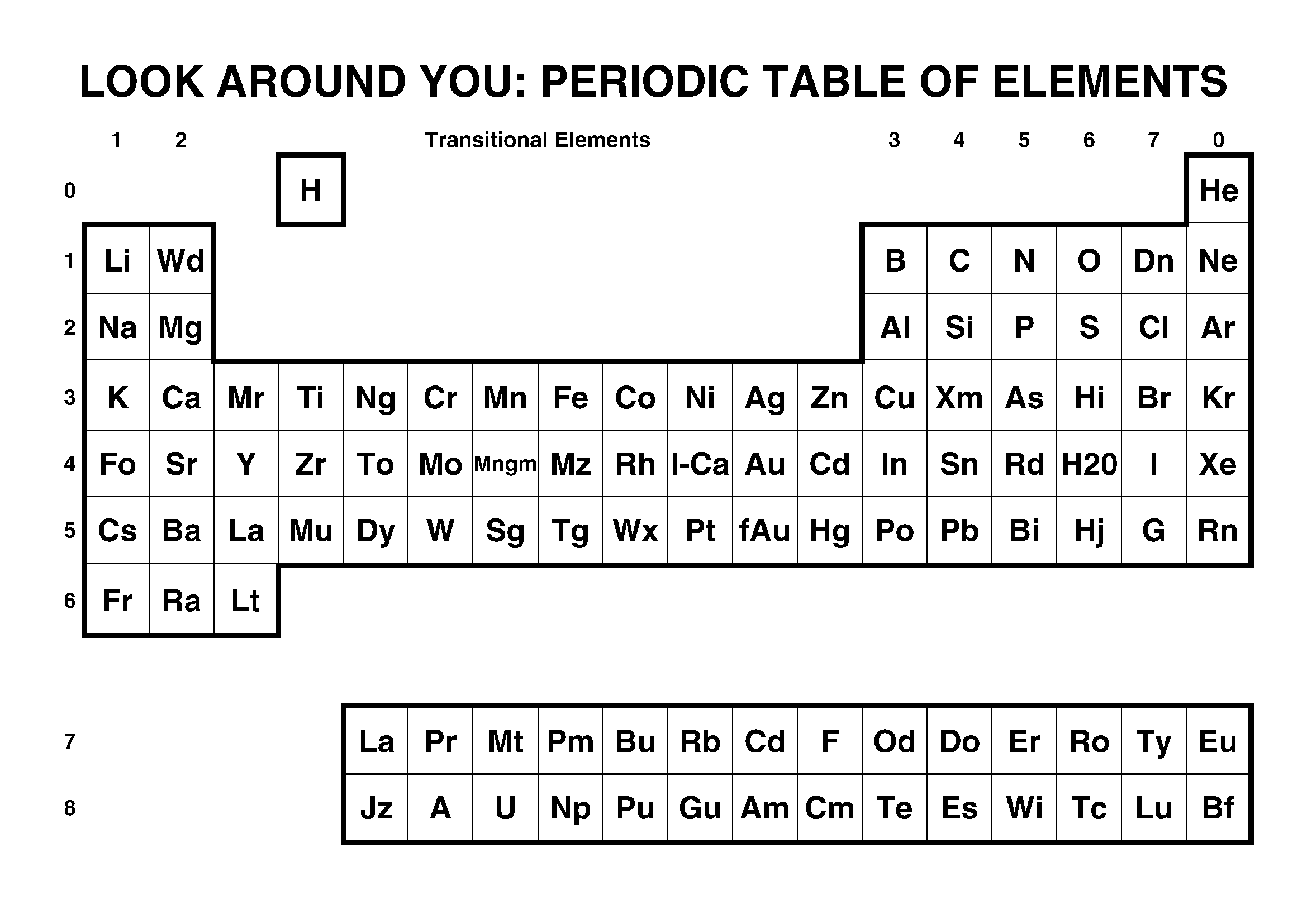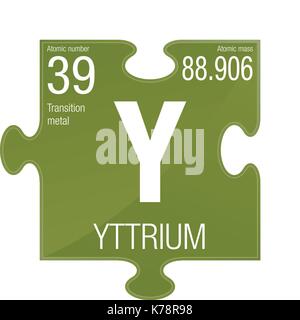
Who invented the Periodic Table of Elements? The periodic table also gives us an idea of what the characteristics of an element might be and help us predict how an element might react based on in which group it is located. The Periodic Table of Elements can be used as an assisting tool in chemical calculations, when a specification of an element is needed it is easily found in the Periodic Table. How is the Periodic Table of Elements used? The table lists all the elements that are currently known (118), in descending order of the number of protons that are present, in a single atom of the element. The Periodic table of elements is a tool, developed by scientists over hundreds of years. Therefore the distinguishing electron must occupy either the 5 s or 5 p subshell.List of all the elements and their properties: For example, iodine is a representative element in the fifth period.

The value of n, the principal quantum number for the distinguishing electron, can be quickly determined by counting down from the top of the periodic table. As a general rule, in the case of the representative elements, the distinguishing electron will be in an ns or np subshell. In the third period the 3 s subshell is filling for Na and Mg, and therefore Al, Si, P, S, Cl, and Ar. Across the second period Li and Be have distinguishing electrons in the 2 s subshell, and electrons are being added to the 2 p subshell in the atoms from B to Ne. In the first period the distinguishing electrons for H and He are in the 1 s subshell. The first three horizontal rows or periods in the modern periodic table consist entirely of representative elements. Formulas for chlorides of the first dozen elements that show the periodic variation of valence Element This agrees with the valence rules derived from the periodic table, and results in formulas for chlorides of the first dozen elements that show the periodic variation of valence. For representative elements the number of valence electrons is the same as the periodic group number, and the number needed to match the next noble-gas configuration is 8 minus the group number. That is, the valences of the representative elements may be predicted on the basis of the number of valence electrons they have, or from the number of electrons that would have to be added in order to attain the same electron configuration as an atom of a noble gas.

Many of the chemical properties of the representative elements can be explained on the basis of Lewis diagrams. Most of the elements whose chemistry and valence we have discussed so far fall into this category. The representative elements are those in which the distinguishing electron enter an s or p subshell. The type of subshell ( s, p, d, f)into which the distinguishing electron is placed is very closely related to the chemical behavior of an element and gives rise to the classification shown by the color-coding on the periodic table seen here.

This last electron is called the distinguishing electron because it distinguishes an atom from the one immediately preceding it in the periodic table. Since it is the outermost (valence) electrons which are primarily involved in chemical interactions between atoms, the last electron added to an atom in the building-up process is of far more interest to a chemist than the first. The commonly used long form of the periodic table is designed to emphasize electron configurations.


 0 kommentar(er)
0 kommentar(er)
